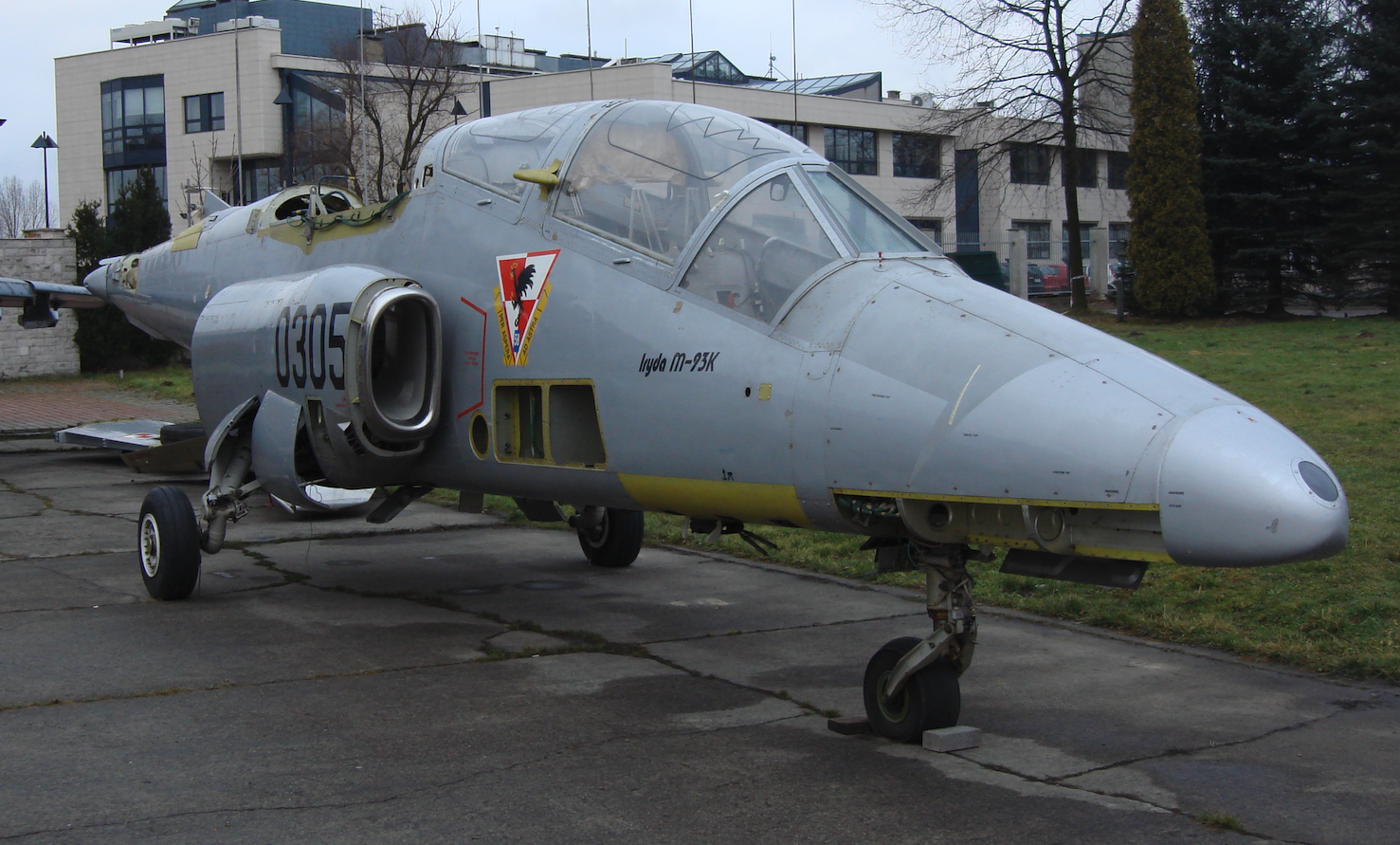Kraków 2007-12-20
PZL I-22 M-93 K Iryda
Polish Aviation Museum. Krakow – Czyżyny. 2008.
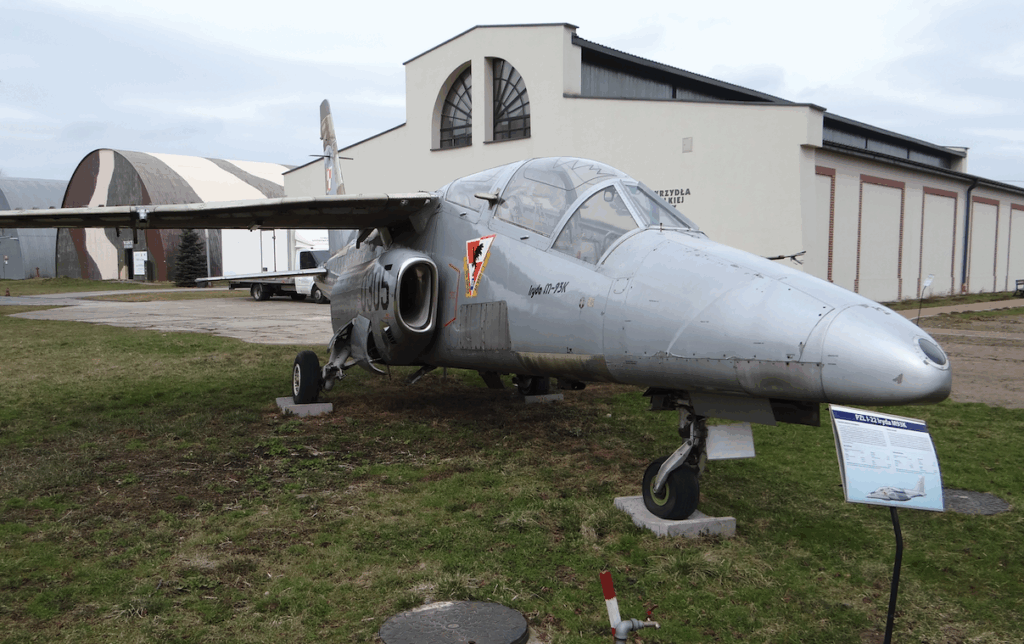
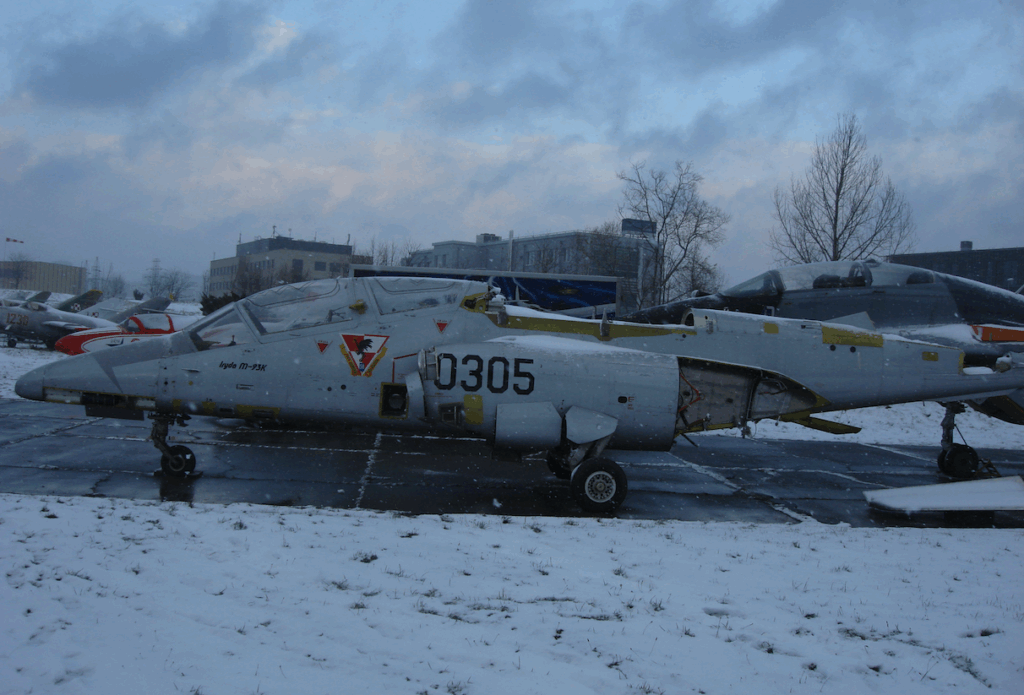
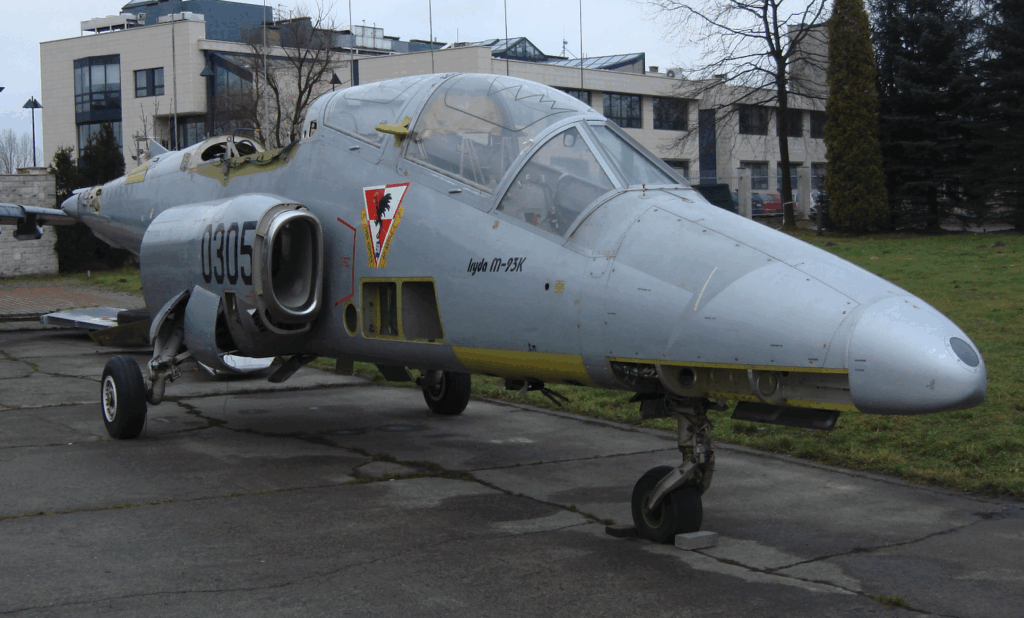
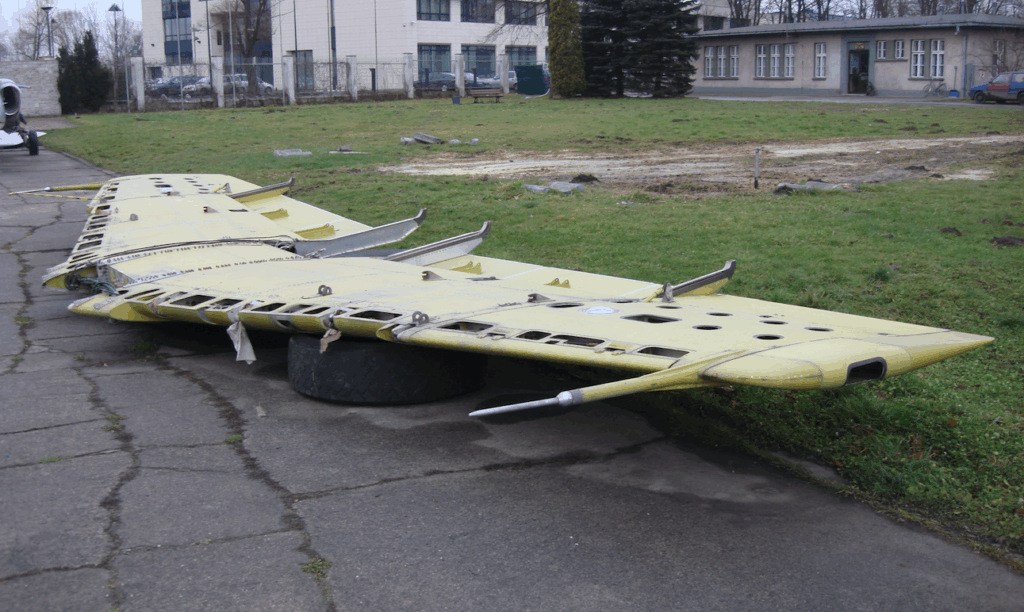
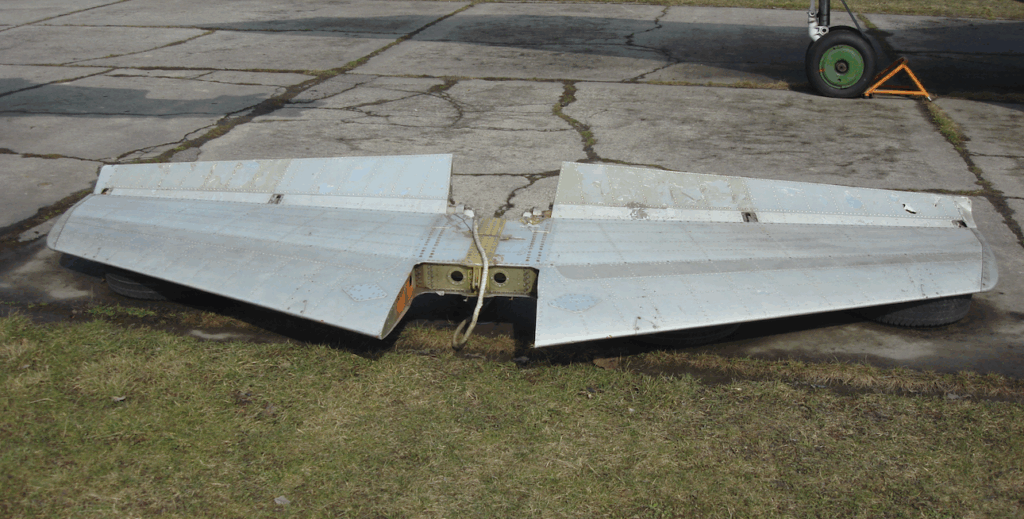
In November 2008, the “Starfighter” aircraft was brought to the Aviation Museum in Krakow on a truck. As the press wrote – from Italian soil to Poland. And to be precise, the museum in Krakow has gained a new Lockheed F-104 Starfighter. The aircraft was built under license in Italy and operated there. The delivery of the aircraft was announced to all and sundry, in the press, radio, television and the Internet. A dozen or so reporters took dozens of photos and filmed several films. Within a dozen or so days, the aircraft was assembled so that it could present itself in its full glory.
This buzz was probably good, because it is a valuable exhibit. If not for the fact that at almost the same time, an even more valuable exhibit for Poles was brought to the same museum. Thoroughly Polish, and additionally still arousing many emotions. We are talking about the PZL I-22 M-93 K Iryda nb 0305 aircraft. Not even a dog with a lame leg showed up for the arrival of this aircraft. It was in vain to look for any information, even in the specialist press or on websites. It was placed on the sidelines. The wings and tail were placed next to it.
As you can see, both in life and after death, the aircraft arouses great emotions. It even divides the aviation community. In the liberal press in the 90s, there was not a single positive statement about this aircraft. It was attacked fiercely.
The specialist press presented the Iryda Program much more honestly. Interestingly, the arguments of the opponents had nothing to do with reality, which was repeatedly proven by the designers of this aircraft.
The PZL I-22 Iryda, like any other aircraft, had its advantages and disadvantages. We will mention a few disadvantages here to prove that it is almost a miracle that this aircraft was created. The first disadvantages arose during the idea of building this aircraft in the 70s. It was a bit of an exaggeration, because the Ministry of National Defense wanted a subsonic aircraft with the combat capabilities of the F-16, built with the forces of the Polish industry and the RWPG. Which was impossible. We will mention that the aircraft was to have; a radar station, an inertial platform, a multi-barrel cannon. And all this with a top-down imposed power unit. For such wide combat capabilities, the Iryda would always lack power. Another mistake was made when developing the WTT. Some parameters specified in them were contradictory. Even the Americans would not have built an aircraft with exactly such WTT. In the 80s, with a command-and-distribution economy and chronic underfunding, delays had to occur. The rigid and unreformable system and the repeated changes of people responsible for individual stages did not help to progress the work on the Program. The program and the aircraft itself were examined by various committees and institutions thirteen times (13 times) during its career and none of them ordered the cessation of further work. Not excluding two post-accident committees (1987 and 1996). It is true that two disasters occurred and three people lost their lives. Honor their memory! But none of them were caused by the design or improper operation of the aircraft.
In 1992, the PZL I-22 Iryda aircraft was introduced into trial operation. Unfortunately, these were versions with a weaker drive. The version to be adopted by the military was the M-93 K version. Equipped with K-15 engines with 2 x 1,500 kG thrust, which is 50% more than the version used for trial operation. And the avionics of the French company Sagem with GPS from 1994, thanks to which, at that time, the aircraft had combat capabilities greater than any aircraft in Poland.
The Polish aircraft program cost from 1978, i.e. over about 20 years, according to various estimates, from PLN 600 million to USD 500 million, the average is given as USD 300 million, i.e. PLN 1.2 billion, although this number must be considered approximate. However, one should agree with the opinions that compared to foreign training and combat jet aircraft programs brought to the stage at which the Iryda project was completed, this was a low amount. Let us also remember about possible foreign recipients, for example India.
The program failed because important Polish politicians known by their names did not want a Polish aircraft. First, they blocked the inflow of funds, and then systematically liquidated the Polish Aviation Industry. The decisive decision was made in the Civic Platform organization, which held the funeral for Iryda. We will always defend the good name of Polish designers and workers. Well-versed in their craft. Mostly honest and reliable. We do not have to be ashamed of this design. In a few years, we will remember it in the same way as the TS-16 Grot, M-16 and others.
The aircraft delivered to Czyżyny is the M-93 K no. 1 AN 003-05. Year of construction 1995. Unfinished and never flown. This is the 22nd I-22 aircraft and the penultimate one. It was in the final stage of assembly. It was to be powered by PZL K-15 engines. It was to be fitted with Martin-Baker PL 10 R class 0-0 ejection seats. Unfortunately, the old avionics, from the late 80s, were planned for the aircraft. The aircraft was painted and received almost all operational labels. The emblem of the 58th Aviation Training Regiment in Dęblin was applied to the fuselage. Lack of funding prevented the aircraft from being completed. Then the aircraft belonged to a group planned for modernization and implementation into the Navy Aviation, which never happened. And finally, in 2008, it was transferred to the Museum in Czyżyny.
If someone has the same opinion as us, we are happy. If they have a different opinion, we are even happier. Because we do not want to be on the side of those who, consciously or unconsciously, destroyed the Polish Aviation Industry.
Written by Karol Placha Hetman

